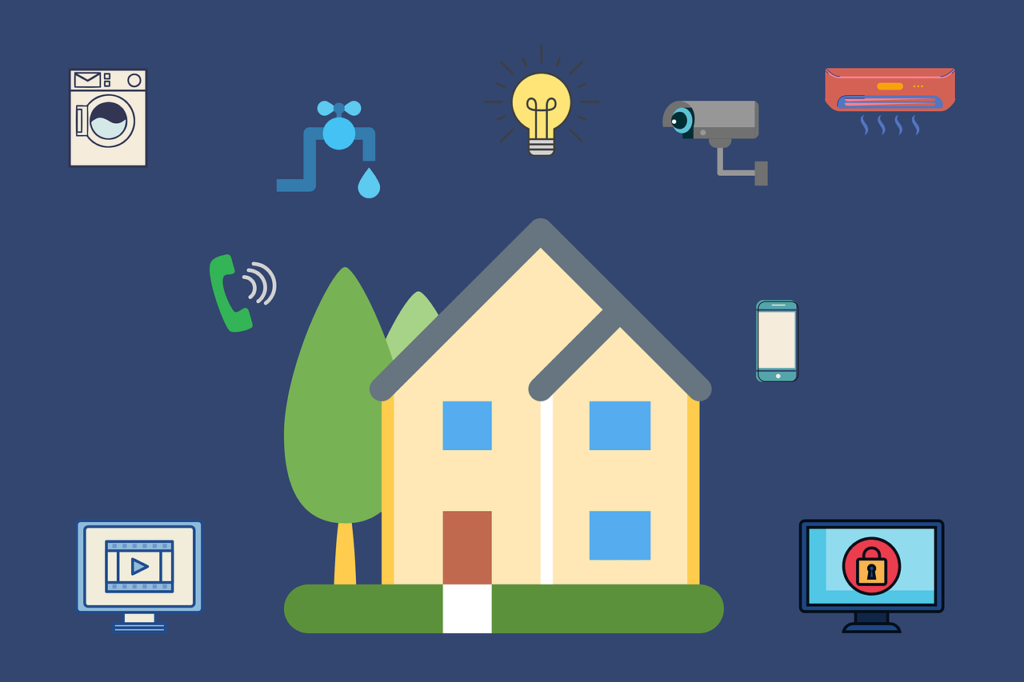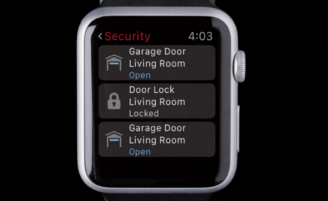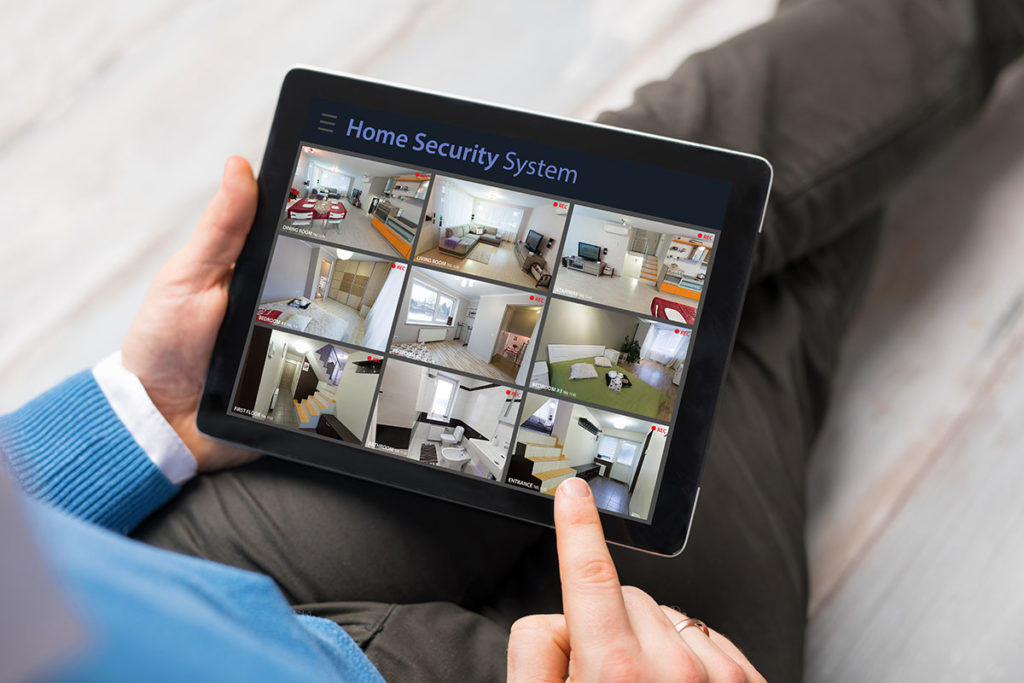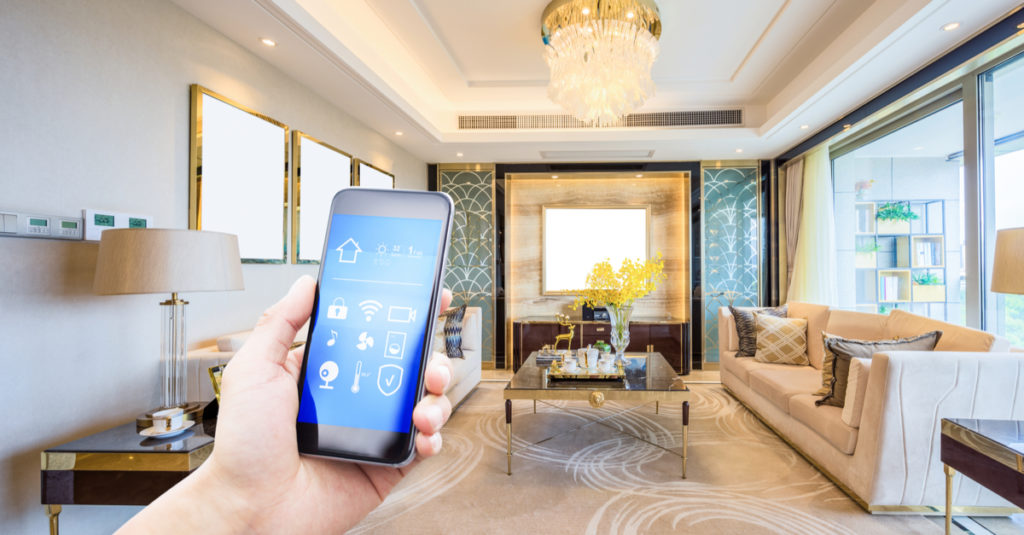Smart homes are the future and home automation is the gateway. With the growing prominence of integrated devices, homeowners can conveniently control lighting, appliances, locks, and more from their smartphones. Home automation also provides a safer and more convenient living space by automating tasks such as locking doors, adjusting thermostats, and unlocking gates or garages. Home automation is changing the way we live inside our homes. By integrating smart sensors with software and wireless networking, you can automate your home to fit your lifestyle instead of vice versa. This guide will teach you everything you need to know about home automation systems and how they can make your life easier by integrating automated services into your home.

Why Automate Your Home?
Homes are getting smarter, and it’s not just about smart speakers or smart televisions. It’s also about smart thermostats, smart appliances, and smart home security systems. While many people are familiar with smart speakers, other home automation products — especially thermostats — remain relatively unknown. That’s starting to change as the technologies behind these systems improve and the costs come down. With home automation, you can do more with less. For example, let’s say you want to ensure that your house is warm or cool when you’re away. You could schedule the temperature to change periodically. Or, you could automate the system using a smart thermostat.
Types of Home Automation Systems
Home automation, in its most basic sense, is the process of automating household systems. Traditionally, home automation has referred to the control of lighting and temperature systems, automated door locking and unlocking, and other devices found in the typical household. There are a few different types of home automation systems that you can choose from, including:
- Lighting control systems – Lighting control systems allow you to control the lights in your home remotely. You can turn lights on or off, change their brightness, and set timers for specific lighting.
- HVAC systems – HVAC systems, or heating, ventilation, and air conditioning systems, control the temperature of your home. You can control these systems remotely as well, and many offer a way to set temperature schedules.
- Home security systems – Home security systems are designed to protect your home from unwanted guests. You can control these systems remotely, and many let you set alarms.
Installing a Home Automation System
There are a few different ways to install a home automation system, depending on the type of system you choose. – Lighting control systems – Lighting control systems are the easiest to install because they only require a smart device, such as a light switch, that you can control remotely.
- HVAC systems – HVAC systems are a bit more difficult to install because they require wiring to control the temperature of your home remotely.
- Home security systems – Installing a home security system requires you to run wiring throughout your home to connect the different pieces together. You’ll also need to connect the system to your internet router, which usually requires an Ethernet cable.

Smart Lighting

If you’re just getting started with home automation, smart lighting is a great place to begin. You can control these lights with your smartphone or smart speaker, and you can also set up schedules and timers automatically. There are a few different smart lighting options that you can choose from, including:
- LED lighting – LED lighting offers the benefits of traditional lighting — such as warm temperatures and low energy costs — with the added convenience of smart technology.
- Smart bulbs – Smart bulbs are easy to install and cost less than other types of lighting. However, they aren’t quite as convenient as other options, since you need to turn them on and off manually.
- Smart panels – If you want complete control over your lighting, smart panels are a good option. They cost more than other options, but they allow you to control each light individually.
Smart Lock and Door Lock
Smart locks are a great way to add a bit of security to your home while also enjoying the added convenience of smart technology. They’re easy to install and allow you to unlock your doors with a simple tap on your smartphone, which makes them ideal for frequent travelers. There are several different options for smart locks, including:
- Traditional locks – A traditional lock is designed to look like a regular lock and is installed on the inside of your door. You can remotely control it with a smartphone app.
- Keyless locks – A keyless lock is controlled with a smartphone app and allows you to unlock your door with a tap on your phone. Some keyless locks also let you create virtual keys for guests.
- Voice-controlled locks – A voice-controlled lock is controlled with a simple voice command and works with Google Assistant or Amazon Alexa.

Appliance Control
If you’re interested in home automation but aren’t sure where to begin, appliance control is a good place to start. You can use the same apps and technologies used for smart lighting to control your home’s other appliances, including your:
- Thermostat – You can remotely control your thermostat with a smartphone app and set specific temperatures for different times of the day.
- Ceiling fans – You can also control your ceiling fans with an app and set specific fan speeds.
- Humidifier – A humidifier is great for dry winters and helps reduce static electricity. You can control your humidifier with an app and set the humidity level in your home.
Conclusion
Home security systems are the original home automation systems. These systems are designed to protect your home from unwanted guests by alerting you when someone enters your property. You can also control these systems remotely with a smartphone app and set specific security protocols. If you’re just getting started with home automation, home security systems are a great place to begin









